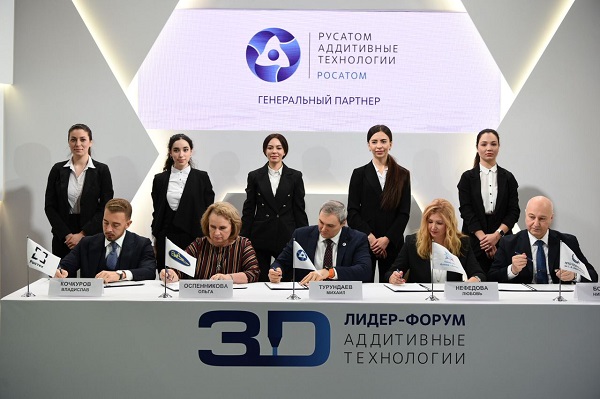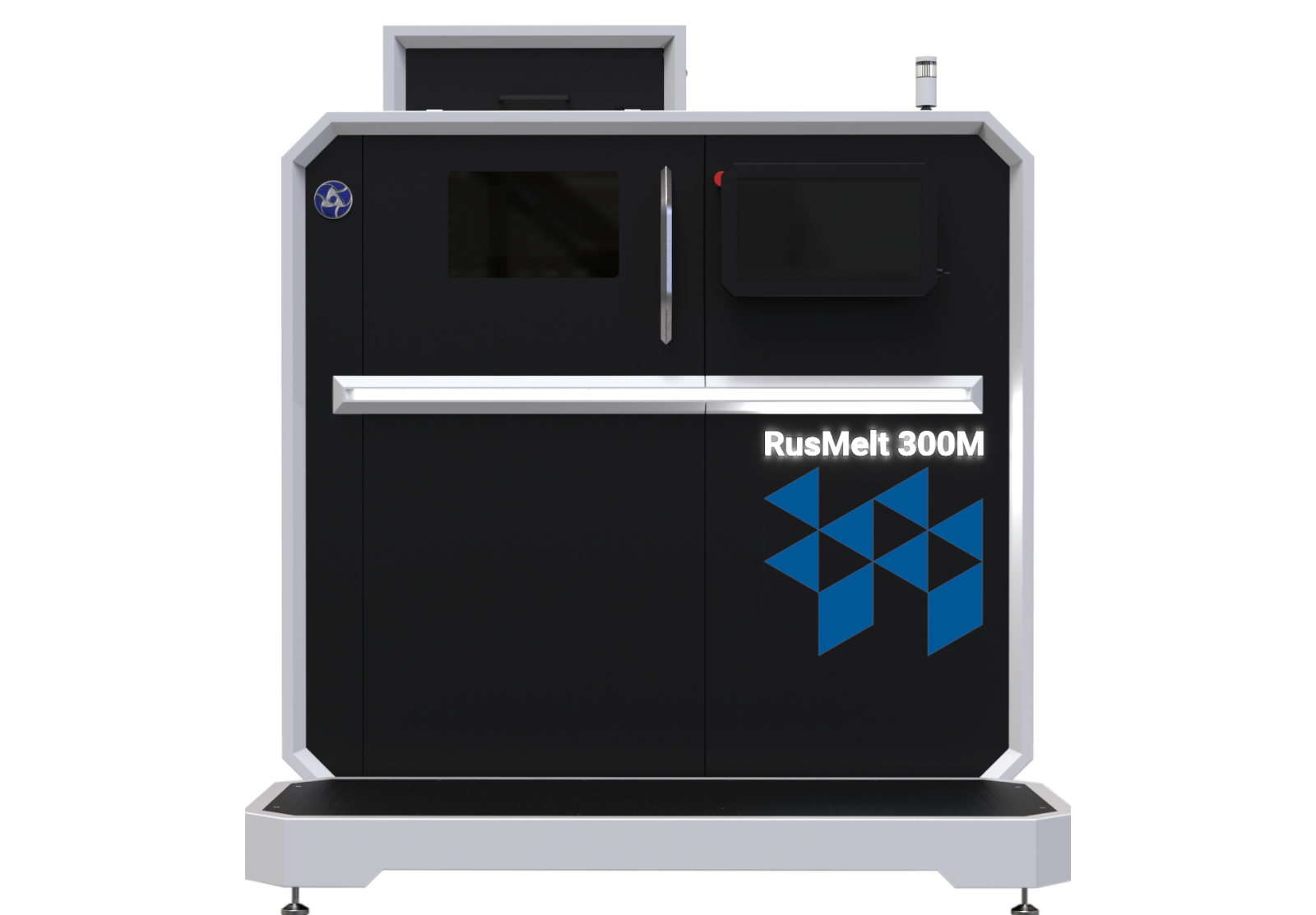The 3rd of December saw the signing of a Memorandum of Association (MoA) for the Development of Additive Technologies, a new Russian association intent on advancing additive manufacturing in the country.
The founders include Rusatom – Additive Technologies (RusAT), which is a part of energy company Rosatom; arms company Almaz-Antey; oil company Gazprom Neft; and the All-Russian Scientific Research Institute Of Aviation Materials.
According to Mikhail Turundaev, General Director of RusAT, the primary aim of the Association is to “consolidate the efforts of specialized organizations and state corporations to develop competencies in all areas of 3D printing in order to bring the Russian industry of additive technologies to the forefront in the world”.

A decade long roadmap for Russia
Signed during the ‘Additive Technologies, Expanding Horizons’ Leader Forum, the MoA was followed by a business program with a plenary session on the topic of ‘Expanding the Horizons of Additive Manufacturing: How to Turn Prospects into Leadership’. In a speech, Rosatom’s First Deputy General Director Kirill Komarov outlined a number of the Association’s targets, stating that the implementation of a definitive roadmap was of the utmost importance if Russia was to be transformed into an additive manufacturing leader.
Komarov stated, “The development of additive technologies is a focus of attention for state organizations, and state nuclear corporation Rosatom was entrusted to lead this area. According to our calculations, the implementation of the Roadmap will accelerate the growth of the additive technologies market in the country by 2.5 times, and by 2030 this market may reach RUB170 billion ($2.4B). In total, it is planned to allocate more than RUB81 billion for the implementation of the Roadmap measures.”
If all goes according to plan, Russia will have 180 Centers for Additive Technologies by the year 2030, with Rosatom having set up ten of them. The first of these has already been launched in Moscow this month, and will be kitted out with a set of RusAT 3D printers. The ultimate aim of the center is to demonstrate the potential of additive manufacturing in a variety of industries, improving confidence in the technology.
Natalya Nikipelova, President of Rosatom’s fuel company TVEL, adds, “The Center for Additive Technologies in Moscow is already a production site where we debug equipment, as well as provide additive printing services on demand for our customers. In addition to organizing centers, we have also launched ten pilot projects for the use of 3D printing in the nuclear industry, including the printing of anti-debris filters for a nuclear reactor fuel assembly and a fuel assembly for research reactors.”

The global advancement of the industry
Following the plenary session, a meeting between a plethora a Russian and foreign 3D printing companies was held, which included Farsoon, EOS, and SLM Solutions to name a few. Representatives described their companies’ experiences in developing and implementing 3D printing processes, stating that a wider adoption of the technology in Russia would be beneficial for all. EOS, for example, has around 100 machines currently operational in Russia, with hopes and plans to increase this figure.
With similar goals in mind, digital part storage company Ivaldi Group recently took on the role of project manager in a Phase II Joint Industry Program (JIP) to advance spare part 3D printing for the maritime sector in Singapore. The JIP will ultimately bring together 14 key industry players to 3D print, certify, and install end-use parts onboard vessels in the region, boosting Singapore’s standing on the global maritime stage.
Elsewhere, in Germany, 15 industrial and research partners have previously come together to launch the POLYLINE project. The lighthouse project aims to yield a digitized 3D printing production line specifically for the manufacturing of series polymer parts for the automotive sector.
Subscribe to the 3D Printing Industry newsletter for the latest news in additive manufacturing. You can also stay connected by following us on Twitter and liking us on Facebook.
Looking for a career in additive manufacturing? Visit 3D Printing Jobs for a selection of roles in the industry.
Featured image shows the agreement being signed in early December. Photo via Rosatom.



